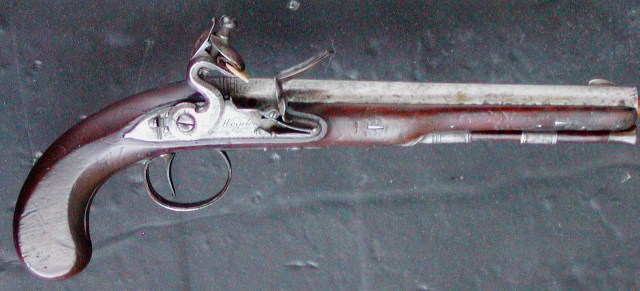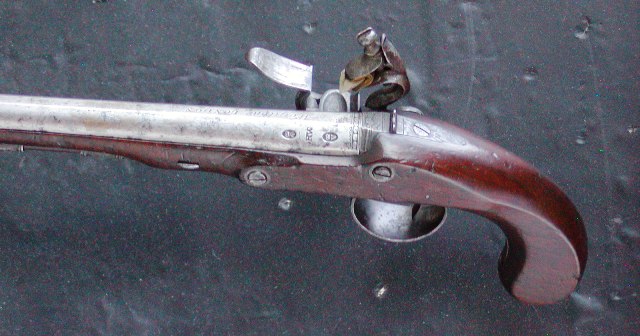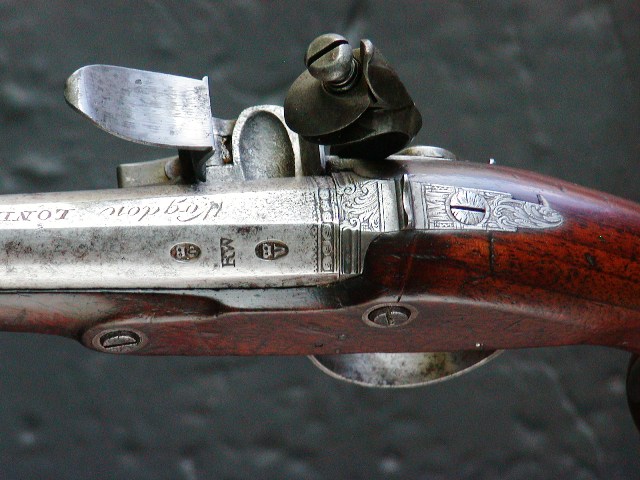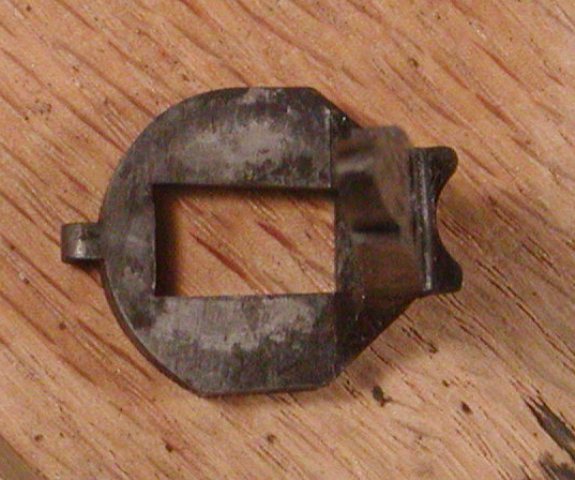It was a beautiful Autumn day here and I decided to shoot my Pecatonica "Dueling Pistol" for a while out on the side yard. (I think it still needs a little sight adjustment to the left) It is a .45 caliber with 9" GM barrel. The lock is a small Siler. The trigger pull is very light. It seems to favor a .440 prb with 25 grains 3f and spit patch.
I was really just plinking but nicely surprised at how I could get so many in the 10 ring at ten+ yards, resting it on a wood block.
My last shot was off-hand at a small x ring I drew on the side. Came about an inch off- center, and I quit while I was ahead!
I am not a pistol shooter by any means, but I do like to try
I was really just plinking but nicely surprised at how I could get so many in the 10 ring at ten+ yards, resting it on a wood block.
My last shot was off-hand at a small x ring I drew on the side. Came about an inch off- center, and I quit while I was ahead!
I am not a pistol shooter by any means, but I do like to try
Attachments
Last edited:












